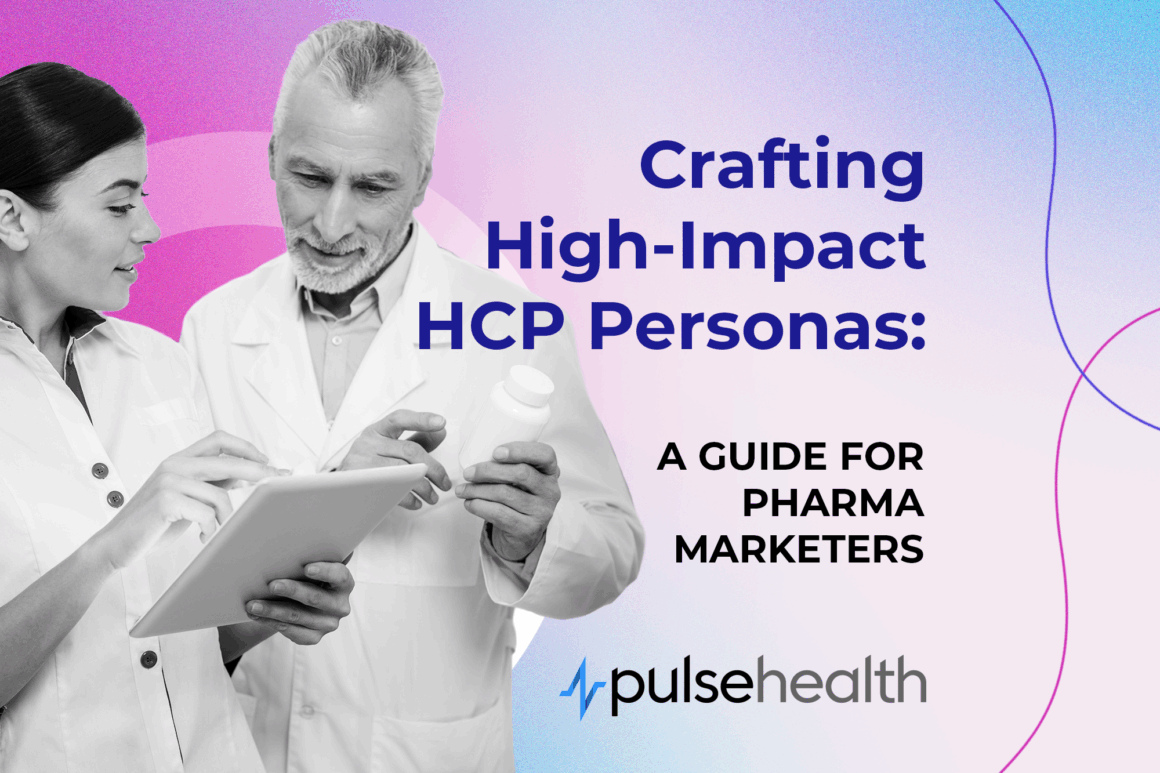Introduction – Why Personas Still Move the Needle
Pharmaceutical marketers have never had more channels to choose from or more data at their fingertips. Yet survey after survey shows that most brands still struggle to cut through the digital noise and create meaningful connections with prescribers. In a 2024 EPG Health study, only 24 percent of pharma companies said they comprehensively collate and analyse HCP‑engagement data, and just 22 percent act on the insights they do have. The result? Budgets rise, but script lift stalls.
Personas are the antidote. When built on rich, real‑time data, a modern health‑care‑professional (HCP) persona becomes a living blueprint that tells you who to reach, what to say, where to say it, and when to push “send.” Brands that invest in advanced personalisation see ROI gains of up to 2,000 percent compared with one‑size‑fits‑all outreach. That kind of upside is impossible to ignore.
In this deep dive, we’ll walk you through:
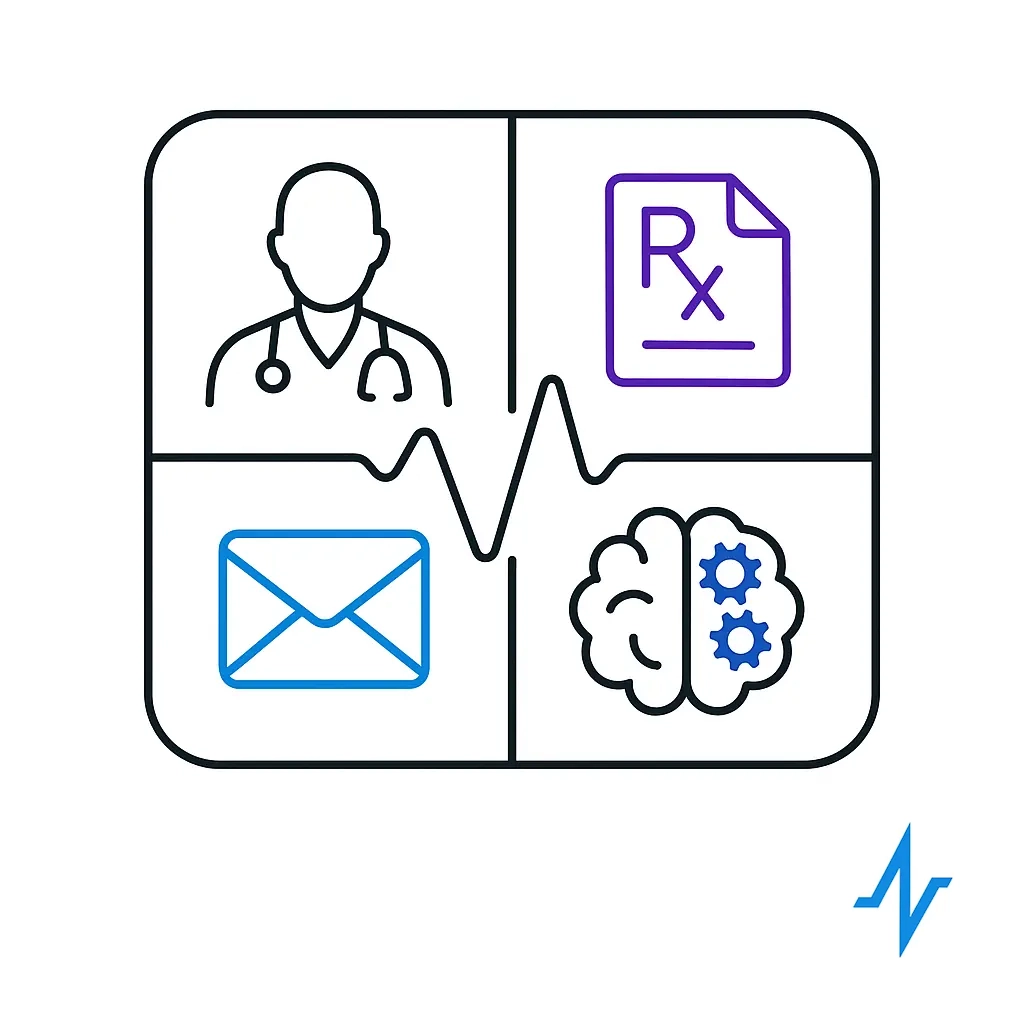
- The anatomy of an HCP persona
- The four data pillars every persona needs
- A step‑by‑step workflow you can steal today
- How Pulse Health’s Engagement Cloud and Digital Persona tools make the hard parts easy
- Mistakes to avoid and metrics that matter
By the end, you’ll be ready to turn raw data into revenue‑driving relationships.
What Exactly Is an HCP Persona?
A persona is a research‑backed, semi‑fictional profile that represents a cluster of real prescribers who share common characteristics and motivations. Unlike a simple “segment” in your CRM — which may be nothing more than a specialty and a ZIP code — a persona weaves together four dimensions of insight:
- Demographic & Professional Profile – age, specialty, years in practice, practice setting
- Clinical & Prescribing Behaviour – formulary access, treatment patterns, guideline adherence
- Channel & Content Preferences – how (and when) the HCP wants to hear from you
- Psychographic Drivers & Pain Points – personal values, perceived patient barriers, career goals
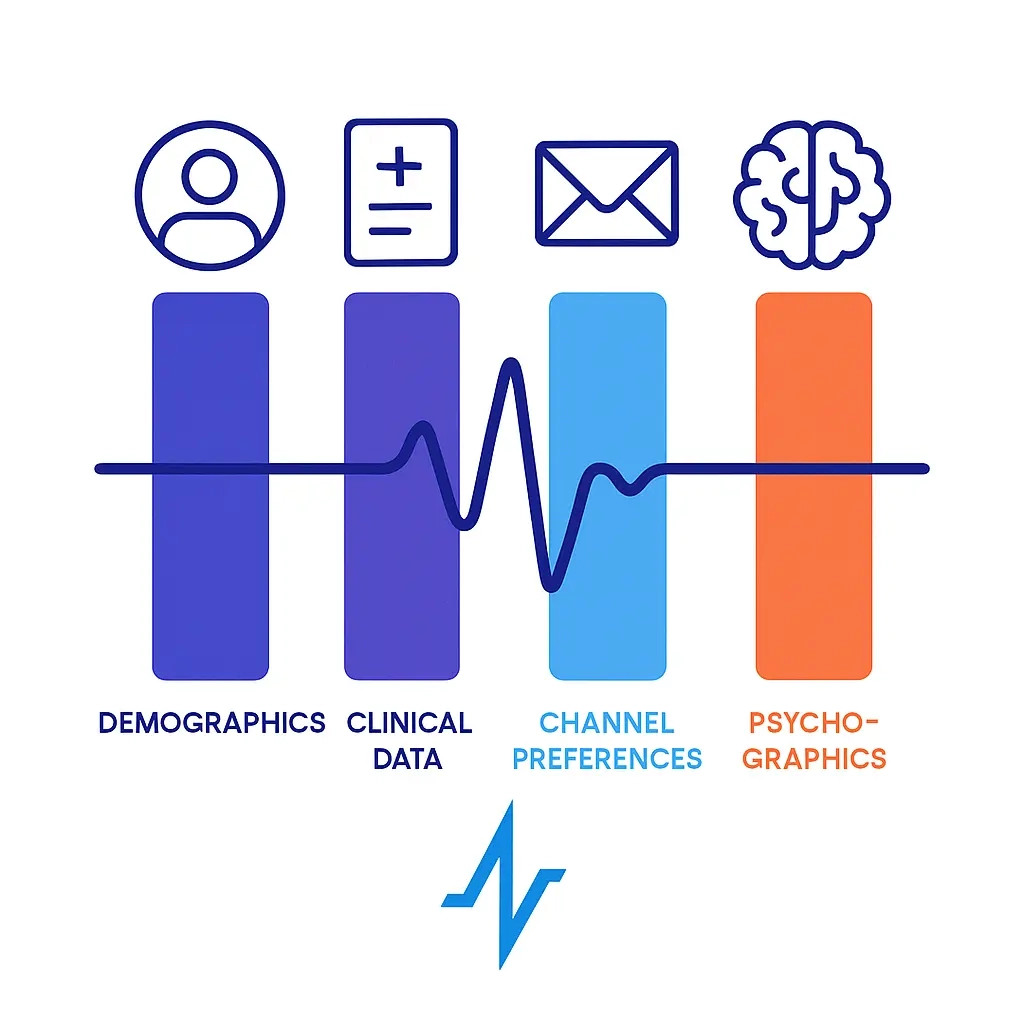
The goal is actionability. A well‑crafted persona gives marketers and field reps a shared mental model they can reference when planning omnichannel journeys, writing copy, designing creative, or preparing sales calls.
Dynamic vs. Static: Old‑school personas were printed slide decks that gathered dust. Today, tools like Pulse Health’s Digital Persona dashboard pull live engagement data and “track every touchpoint” in a single view. That means your personas evolve automatically as the market moves.
The Four Data Pillars Behind a Robust Persona
1. Demographic & Professional Profile

Start with the basics: specialty, sub‑specialty, practice size, hospital affiliation, years since residency, geographic location, and payer mix.
These variables correlate strongly with prescribing behaviour and open the door to precision media buying.
2. Clinical & Prescribing Behaviour
Next, layer in claims data, EHR data, and longitudinal patient journeys to understand which indications, regimens, and formularies matter most to each prescriber.
Pulse Health’s HCP & Patient Data module delivers medical and pharmacy claims for more than one million verified HCPs, giving you an instant head start.
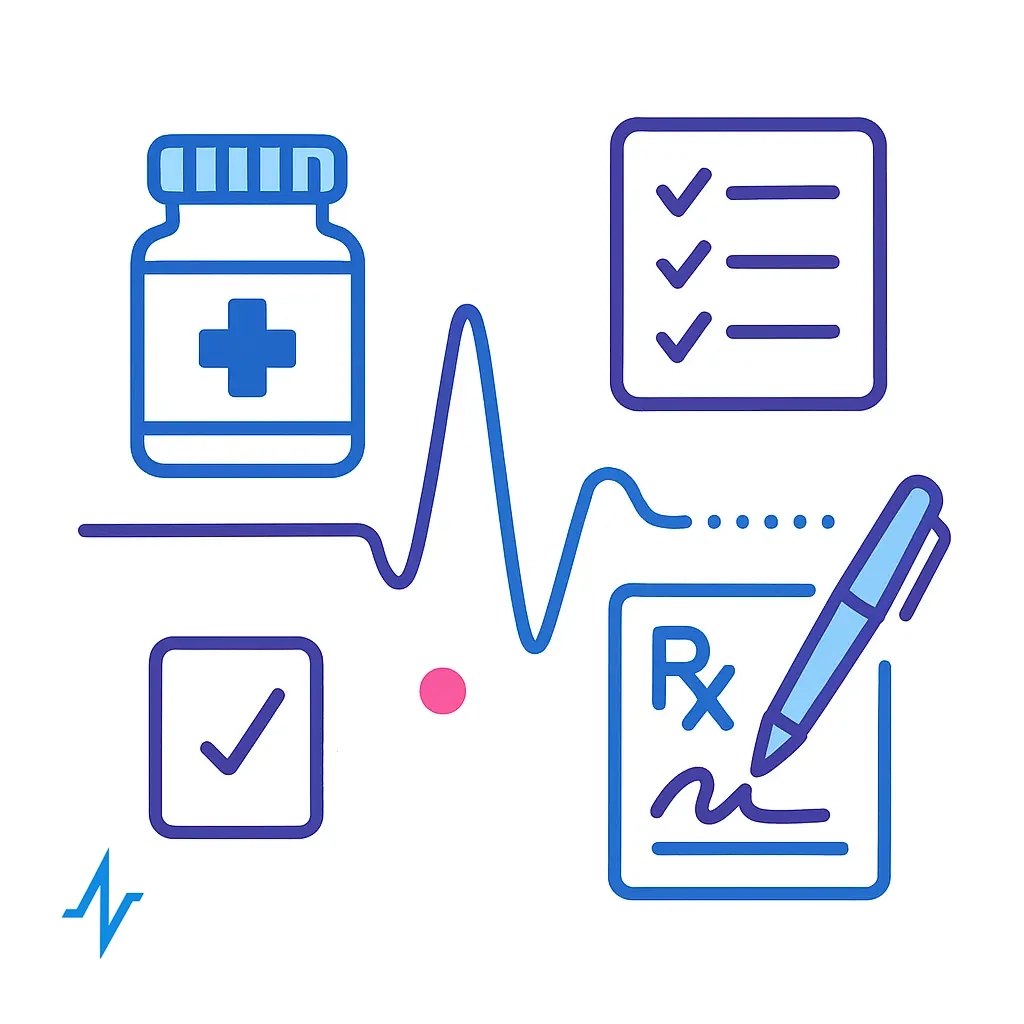
3. Channel & Content Preferences
HCPs don’t just differ in what they need to know; they differ in how and when they want to learn it:
| Preference | Questions to Ask | Data Signals |
| Format | Do they prefer clinical papers, infographics, or short videos? | Email clicks, time‑on‑page, download history |
| Channel | Email, SMS, EHR banner, paid social, rep visit, or webinar? | Last‑touch attribution, cookie pools, opt‑in status |
| Timing | Are they night‑owl readers or between‑patient scrollers? | Send‑time optimisation logs, site‑traffic heatmaps |
Pulse Health centralises these signals through dozens of pharma‑focused integrations and flexible APIs, eliminating spreadsheet sprawl.
4. Psychographic Drivers & Pain Points
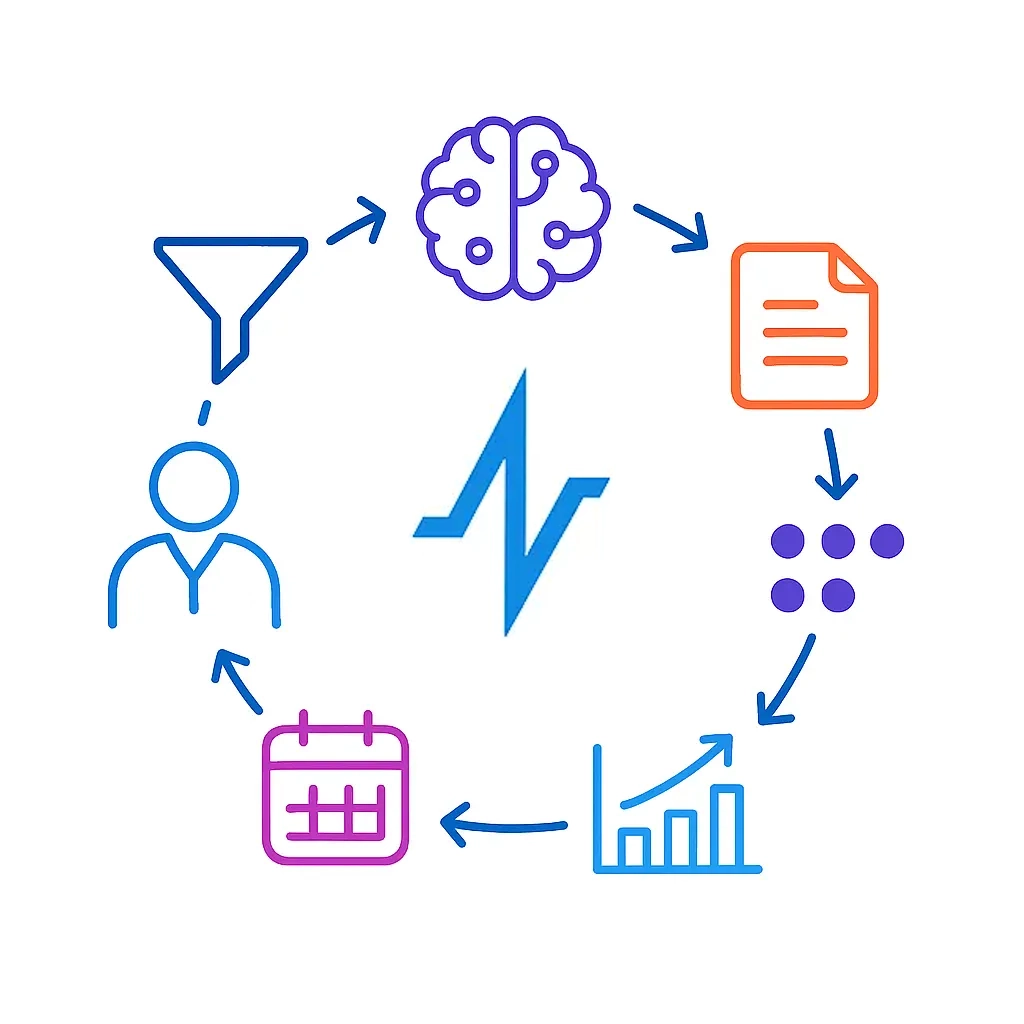
Finally, humanise the data. Mix qualitative research — advisory boards, social listening, rep notes — with the quantitative feeds above to map out motivators (e.g., improving time‑to‑treatment) and barriers (e.g., prior‑authorisation headaches).
As IQVIA notes, combining machine learning with behavioural insights helps “identify providers most likely to be interested in your brand” and the optimal moment for engagement.
Sourcing the Facts – Where the Data Comes From
| Source | What It Adds | Pulse Engagement Cloud Advantage |
| CRM & Marketing Automation | Email history, webinar attendance, form fills | Native integrations sync daily; no manual exports required |
| Claims & Script Data | Prescribing volumes, patient counts, formulary status | Proprietary claims feeds built into Pulse HCP & Patient Data |
| EHR & Point‑of‑Care Media | In‑workflow banner impressions, order‑set clicks | API connectors pull EHR events into a single source of truth |
| Field‑Force Feedback | Qualitative nuance, sample requests, access notes | Mobile rep portal auto‑pushes call notes to persona cards |
| Third‑Party Digital Signals | Social engagement, display clicks, cookie pools | Real‑time pixels pipe media activity back to the dashboard |
| Research & Advisory Boards | Deep psychographics, unmet needs, concept testing | Tag meeting outputs directly to HCP IDs for closed‑loop learning |
| Medical Affairs | Objective setting, compliance oversight, physician education data | Ensures engagement strategies align with regulatory standards and HCP needs |
Because Pulse Health’s system “centralises your brand’s data to automate workflows across channels”, marketers spend less time wrangling CSVs and more time building campaigns.
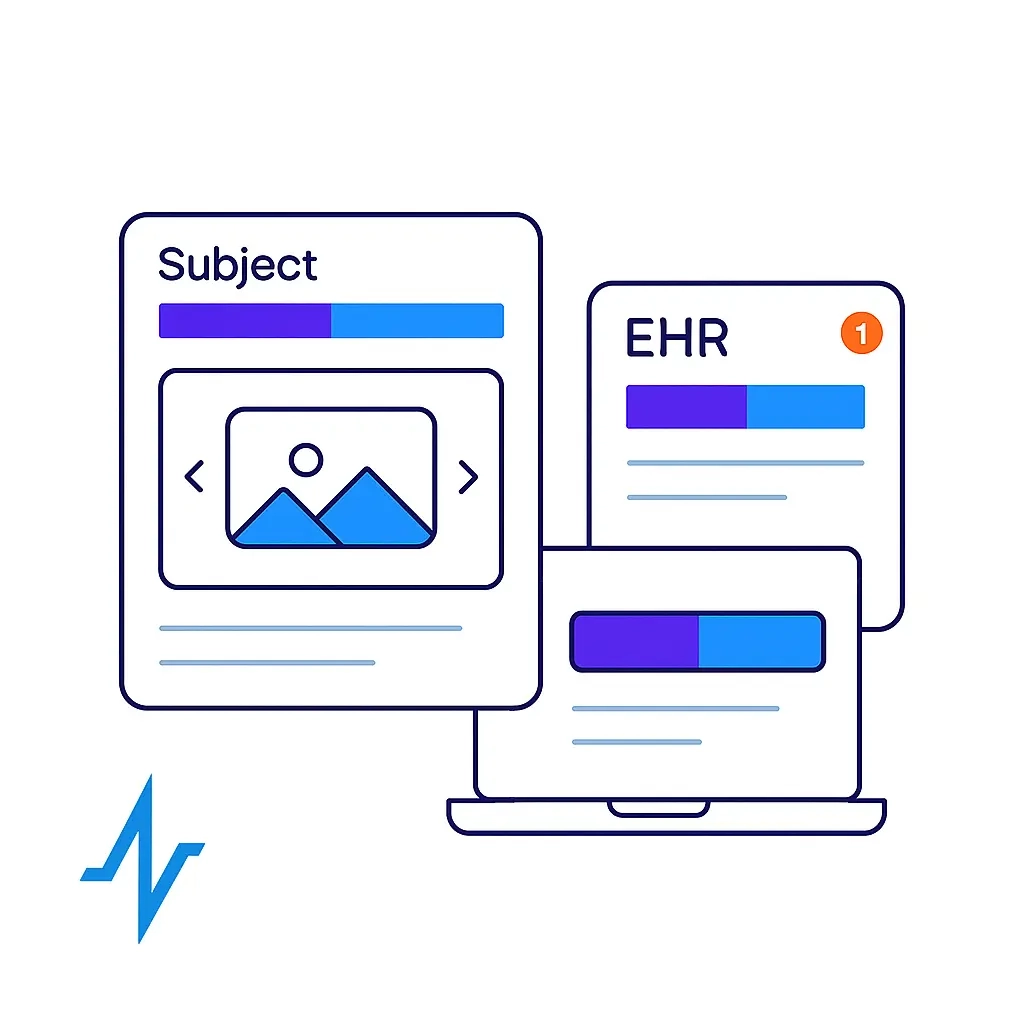
Step‑by‑Step Persona Creation Workflow
Below is a repeatable, six‑stage process you can run quarterly or whenever you launch a new brand. This workflow guides marketers through the various stages of persona creation, ensuring that each step is tailored to the specific needs of different audiences. Understanding and segmenting your audiences is crucial when applying this workflow, as it helps optimize engagement and campaign effectiveness.
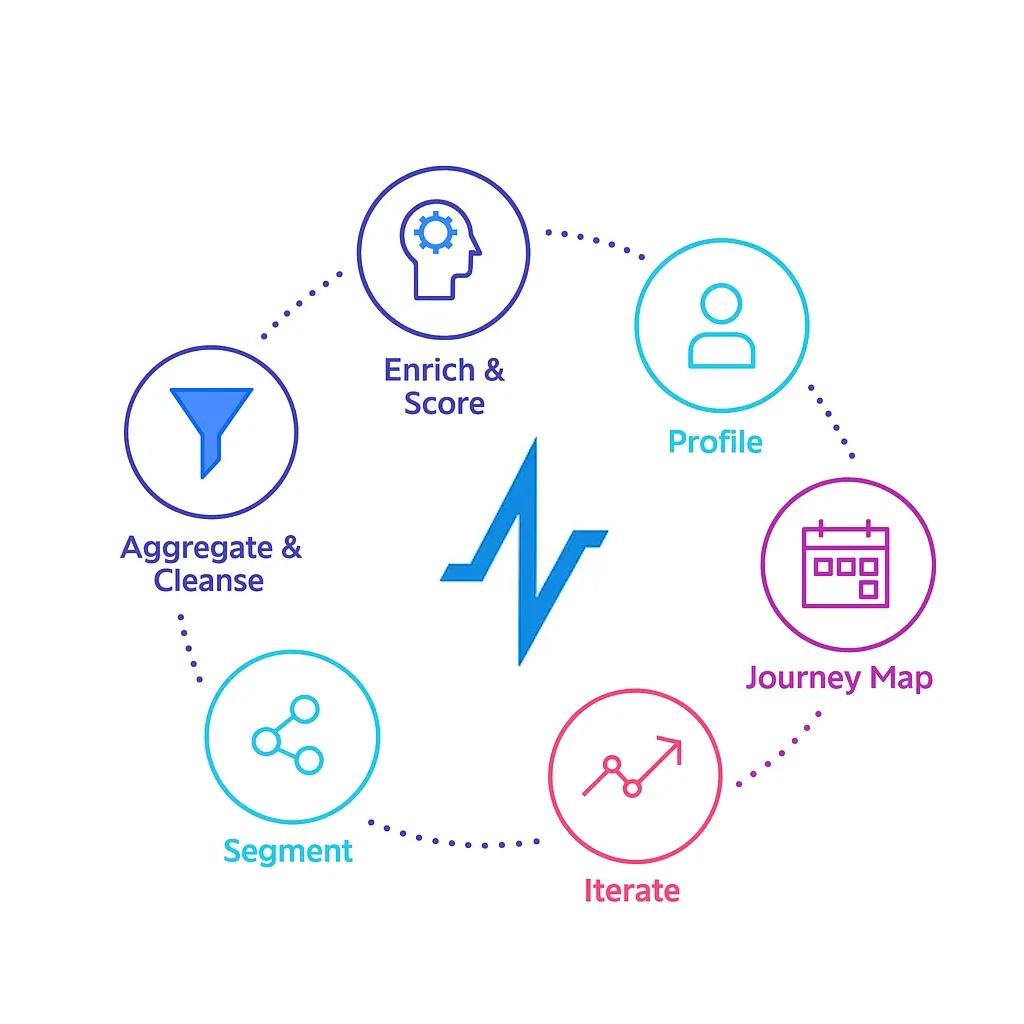
1. Aggregate & Cleanse
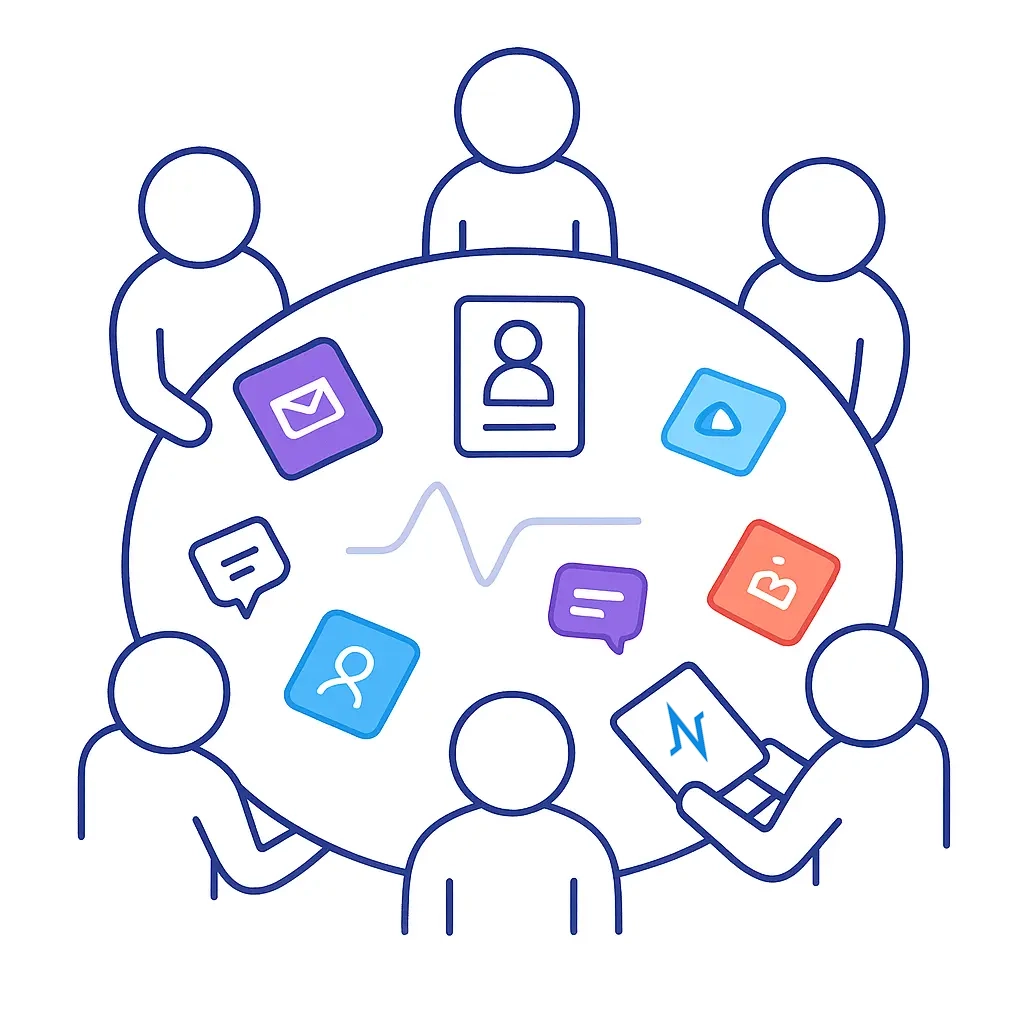
- Spin up data pipelines or activate Pulse integrations
- Deduplicate HCP records, standardise NPI numbers, and normalise specialties
- Apply privacy checks (HIPAA, GDPR) before merging datasets
Reality check: In the same EPG Health survey cited earlier, fewer than one in five pharma marketers measure knowledge gain or behavioural change after HCP education activities. A clean data layer is prerequisite to closing that gap.
2. Enrich & Score
- Pull in missing metadata (clinic type, formulary tiers)
- Run AI scoring to predict likelihood to prescribe, potential patient volume, and channel propensity
- Flag data outliers for human review
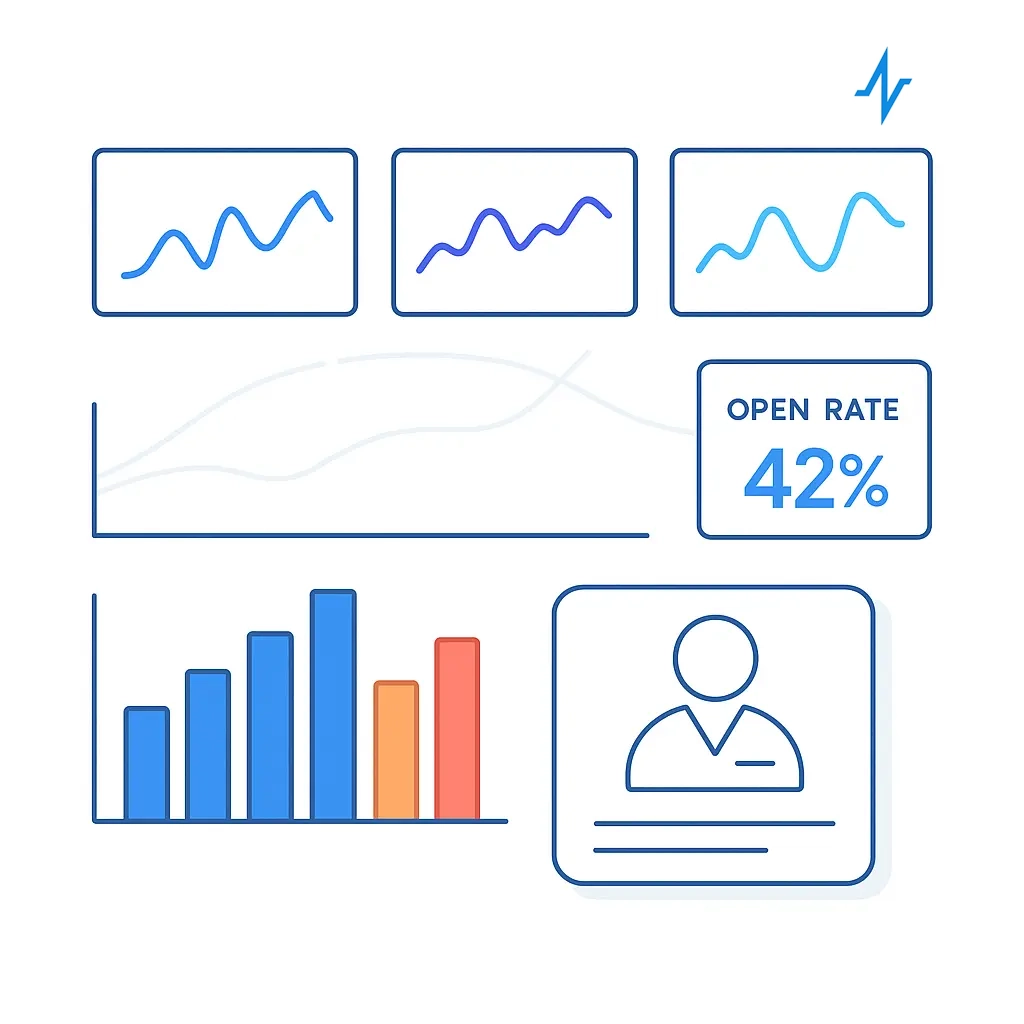
3. Identify Meaningful Segments
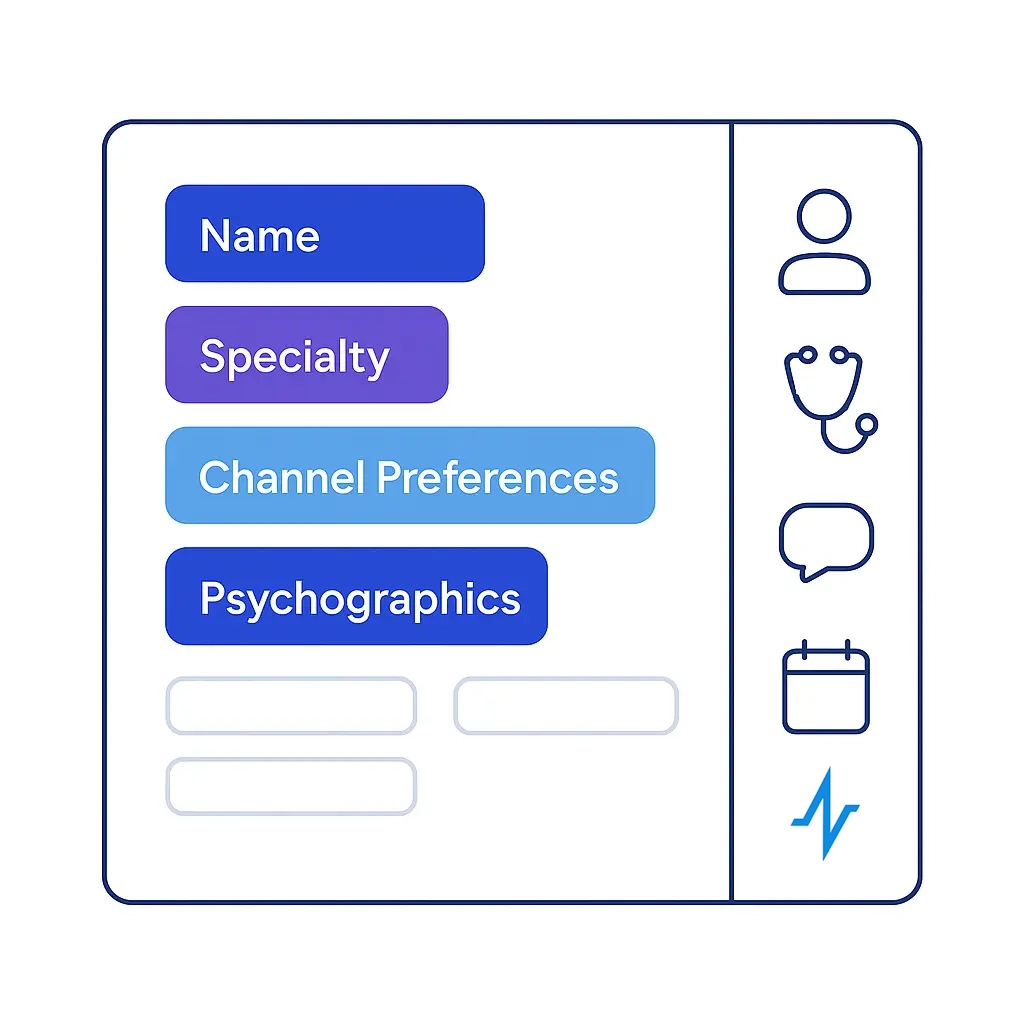
- Use clustering algorithms in Pulse Analytics to surface natural groupings
- Validate clusters against business goals (e.g., launch, new‑to‑brand, switchers)
- Size each cluster and estimate revenue potential
4. Draft Narrative Profiles
Turn the numbers into stories. For each cluster, create:
- Snapshot: e.g., “Dr Sarah Patel, Community Oncologist”
- Quote: A line that captures mindset (“When payers push back, I need real‑world data.”)
- A Day in the Life: Where brand and patient pain points intersect
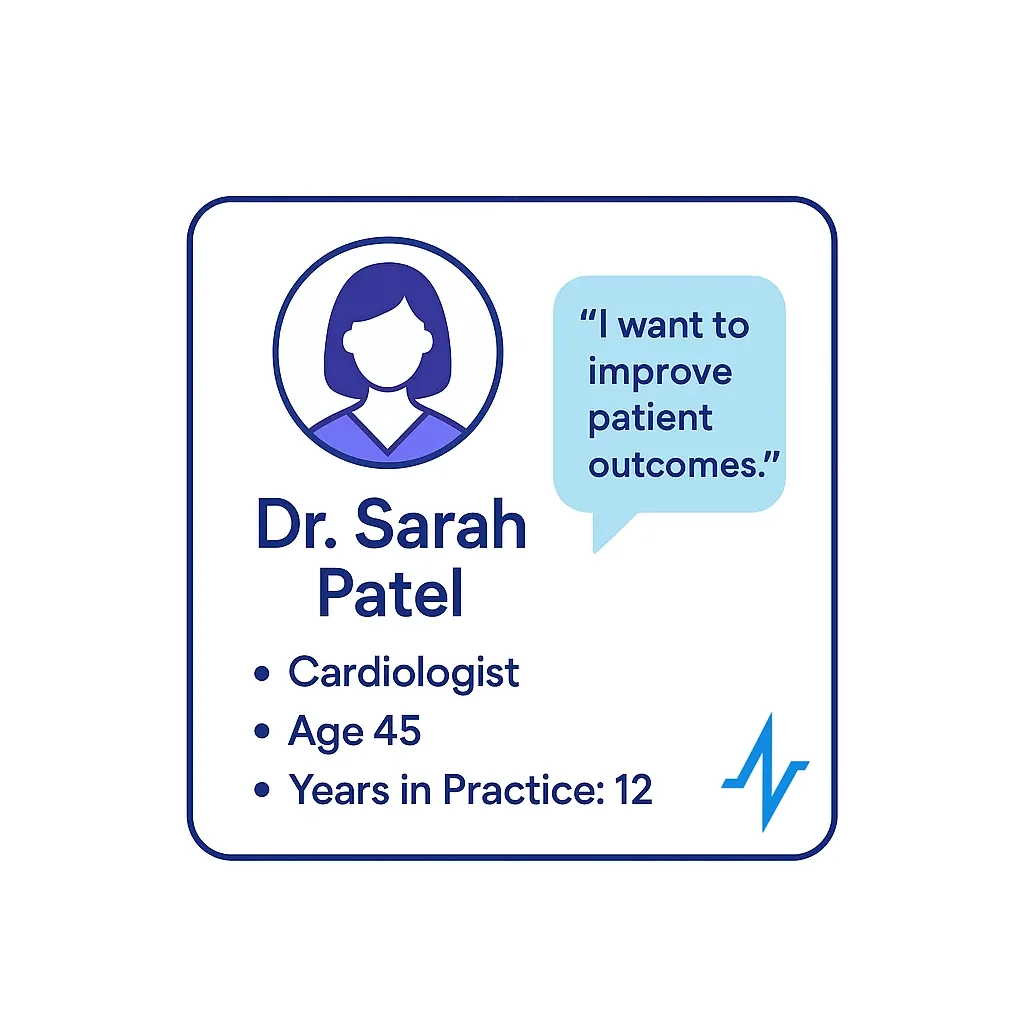
When drafting these narrative profiles, be sure to address the unique needs and preferences of the audience’s different segments.
Attach preferred messaging themes, content formats, and channel cadence so creatives and media buyers have ready reference.
5. Map the Omnichannel Journey
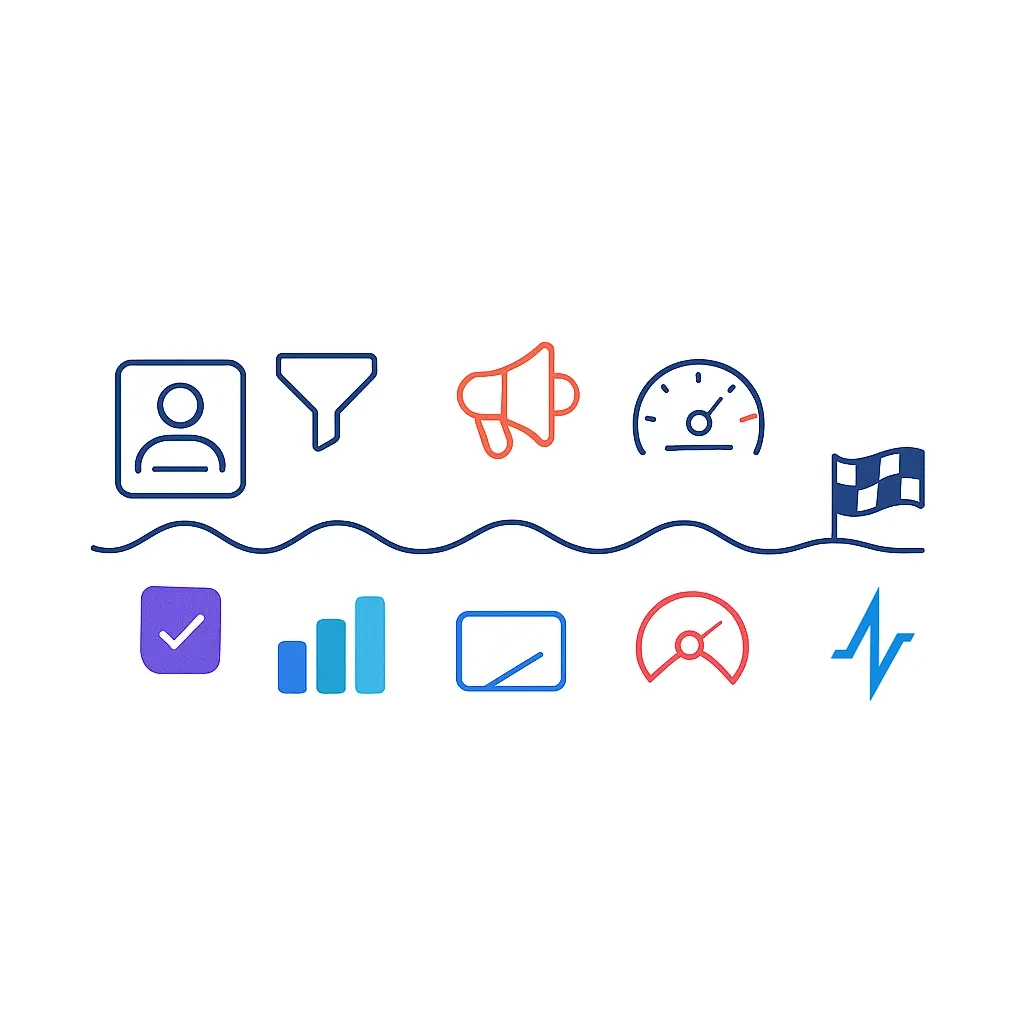
Lay out a 12‑month communication calendar that aligns field visits, email drips, sponsored content, and EHR triggers with the persona’s clinical decision points (dx, treatment initiation, refill).
Pulse Health’s automation rules let you trigger messages “based on live persona signals” such as new claims or content engagement events.
6. Validate, Launch, and Iterate
- Pilot messages with a 10–20 percent test audience
- Monitor open rates, site behaviour, and early script lift
- Feed performance back into the persona model; tweak scores and creative
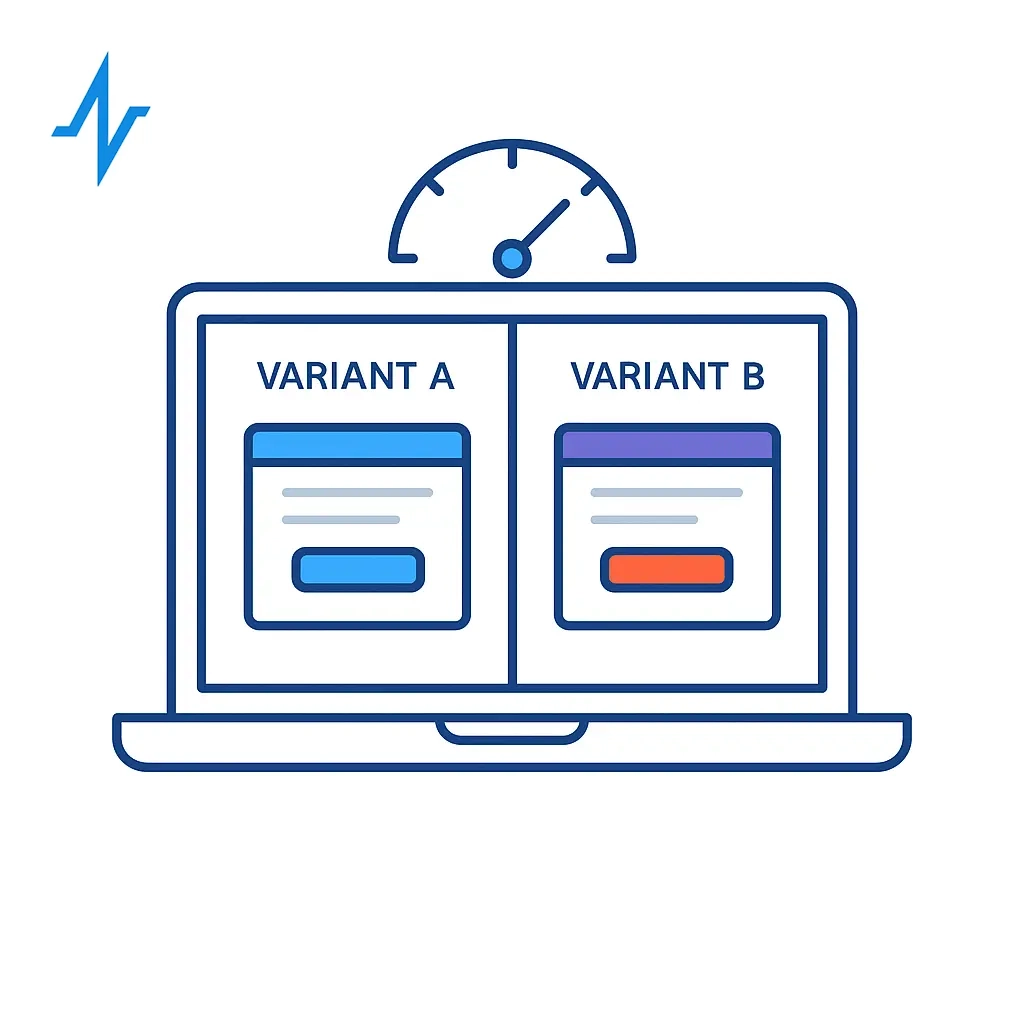
According to IQVIA, real‑time data use “enhances decision‑making and drives commercial success” in fast‑moving markets. Closing the loop quickly is the secret sauce.
Providing Value: Making Personas Matter to HCPs
For a successful HCP marketing strategy, it’s not enough to simply build personas — you need to ensure they deliver real value to healthcare professionals. This starts with a deep understanding of their specific needs, pain points, and content preferences. By focusing on what matters most to your target audience, pharma marketers can design marketing efforts that truly resonate, leading to more meaningful engagement and improved patient outcomes.

Effective audience segmentation is at the heart of this approach.
By dividing healthcare providers into well-defined groups based on their unique needs, marketers can tailor marketing messages and campaigns to address the challenges and interests of each segment.
For example, when launching a new pharmaceutical product for a rare condition, a company might create distinct personas for specialist HCPs such as neurologists or oncologists.
This ensures that marketing content is highly relevant, addressing the clinical questions and workflow realities these professionals face every day.

Ultimately, making personas matter means moving beyond generic outreach. It’s about delivering the right information, in the right format, at the right time — empowering healthcare professionals to make informed decisions that benefit their patients. When marketers prioritize value and relevance, their campaigns become essential resources for HCPs, strengthening relationships and driving better outcomes across the healthcare landscape.
Humanizing the Science: Bringing Empathy to Persona‑Driven Marketing
In today’s digital world, building trust with healthcare professionals requires more than just sharing clinical trial data and treatment options — it demands empathy. Humanizing the science behind your persona-driven marketing means crafting marketing content that acknowledges the real-world challenges HCPs face, and delivering it in a way that feels personal and supportive.
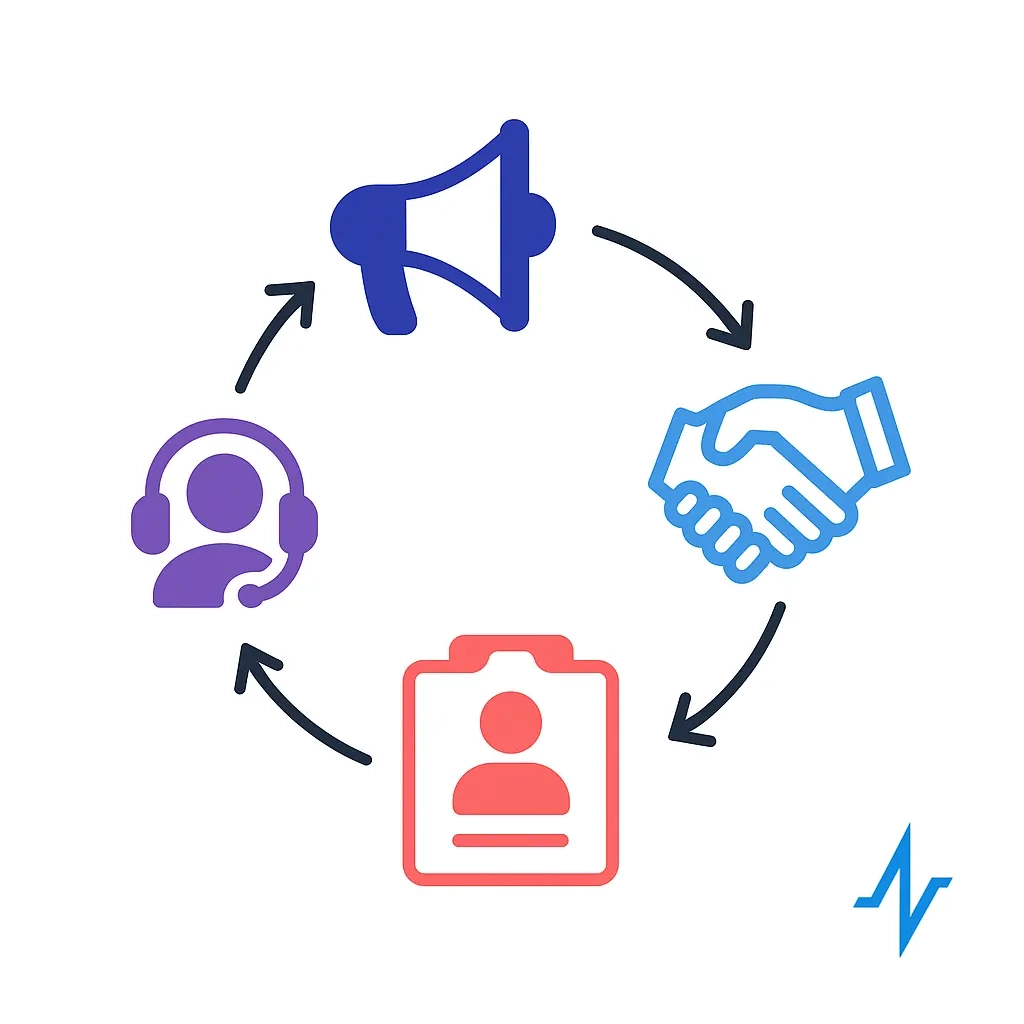
One powerful strategy is to collaborate with key opinion leaders who can lend credibility and a human touch to your messaging.
By leveraging multiple communication channels — such as webinars, podcasts, and social media platforms — marketers can share high quality content that speaks directly to the needs and concerns of their target audience.
For instance, partnering with a respected physician to create a video series on new therapies not only educates but also demonstrates a genuine understanding of the pressures and decisions healthcare professionals navigate daily.
This empathetic approach helps establish your brand as a trusted partner in the healthcare community, fostering brand loyalty and boosting conversion rates.

When marketing teams focus on both the science and the human experience, they create campaigns that resonate on a deeper level — turning data into dialogue and information into inspiration.
Putting Personas to Work with Pulse Engagement Cloud
Once built, personas become the operating system for Pulse Engagement Cloud:
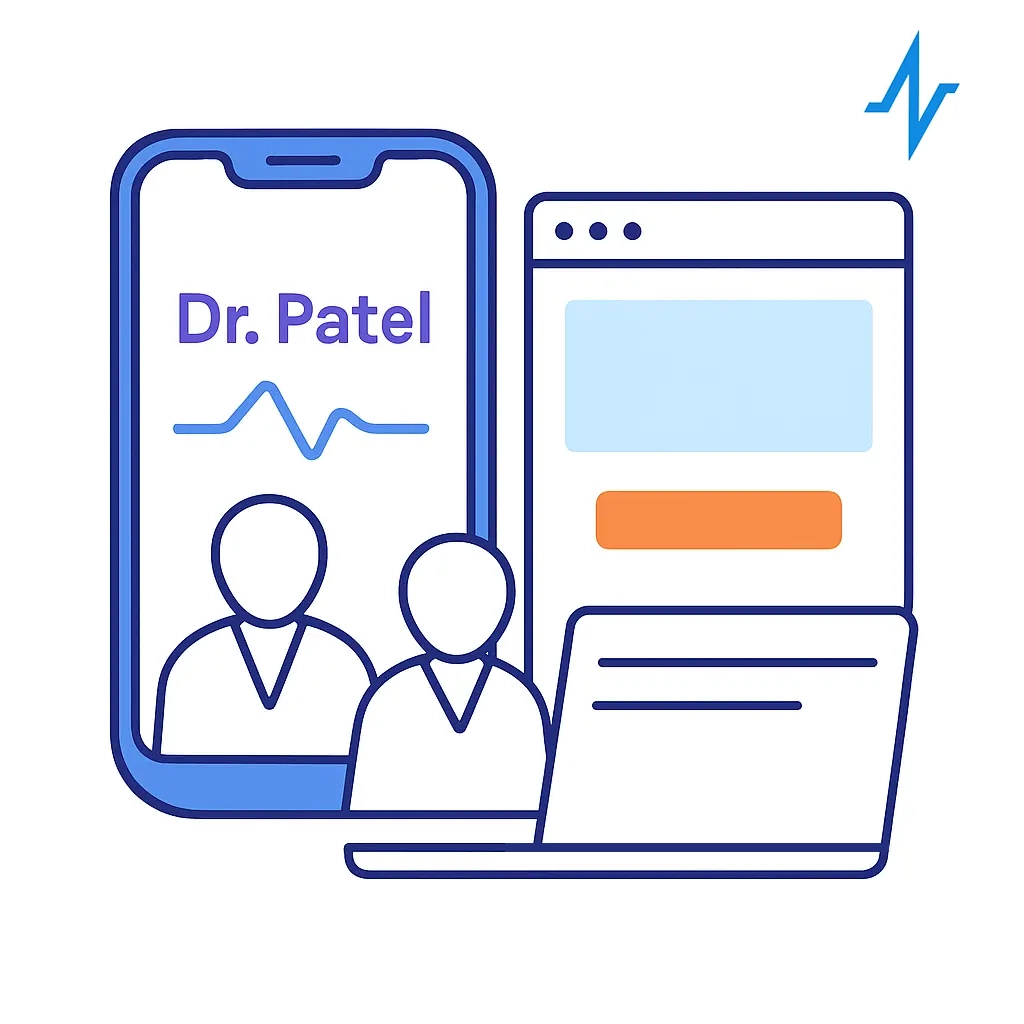
- Dynamic Lists – Each persona drives an always‑on audience list in the CDP — no more manual CSV uploads.
- Content Personalisation – Subject‑line variables, adaptive hero images, and EHR banner copy auto‑swap to match persona attributes in real time.
- Channel Orchestration – A drag‑and‑drop visual journey builder schedules emails, SMS, EHR alerts, paid social, and field‑rep visits in a single canvas.
- Real‑Time Optimisation – Built‑in machine‑learning models watch engagement and script‑velocity metrics, then automatically adjust cadence, creative, and channel weighting every 24 hours.
- Closed‑Loop Reporting – Pulse’s out‑of‑the‑box dashboards tie each touch to downstream actions — from sample requests to new writer conversions — so marketers can prove lift (and justify budget) without waiting for next quarter’s IMS run.
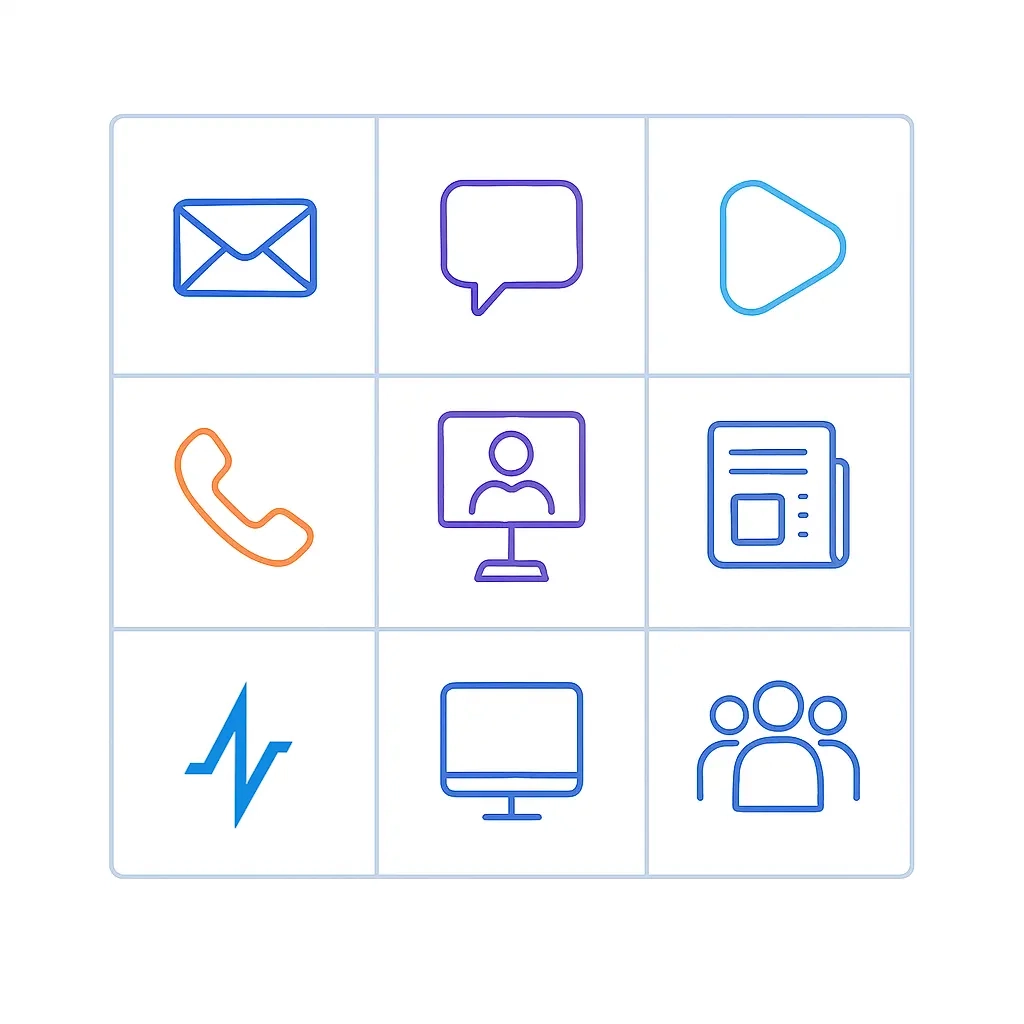
Pro Tip: Use Pulse Health’s Journey Compare view to A/B test two personas side by side and visualise where drop‑off or lift occurs at each stage of the funnel.
Sample HCP Persona Template (Snapshot)
Feel free to copy‑and‑paste this table into your next brand playbook.
| Element | Details for “Dr Sarah Patel, Community Oncologist” |
| Snapshot Headline | “Data‑driven early adopter focused on survivorship.” |
| Demographics | Female, 38; Community hospital oncology; 12 years in practice; Midwest US. |
| Clinical Behaviour | High volume of Stage II–III breast‑cancer patients; 72 percent on NCCN guideline regimens; open to clinical trials. |
| Channel Preferences | 6:30 a.m. email digest, lunchtime 3‑min videos, EHR alerts; avoids cold calls. |
| Psychographics | Motivated by faster time‑to‑treatment; worries about prior‑auth delays; values peer‑reviewed evidence. |
| Top Pain Points | Staffing shortages, payer paperwork, caregiver burnout. |
| Messaging Angle | Lead with real‑world evidence and workflow efficiency; spotlight nurse‑navigator toolkit. |
| Recommended Cadence | Monthly evidence email, quarterly rep lunch‑and‑learn, EHR prior‑auth tip card at Rx initiation. |

Best Practices & Common Pitfalls

1. Keep Personas Living
Schedule a quarterly refresh to ingest new claims, content‑engagement, and field‑visit data. Stale personas are worse than none at all.
2. Don’t Confuse Persona ≠ Segment
A payer‑access segment might contain multiple nuanced personas — e.g., evidence seekers vs. first‑line loyalists. Treat them differently.
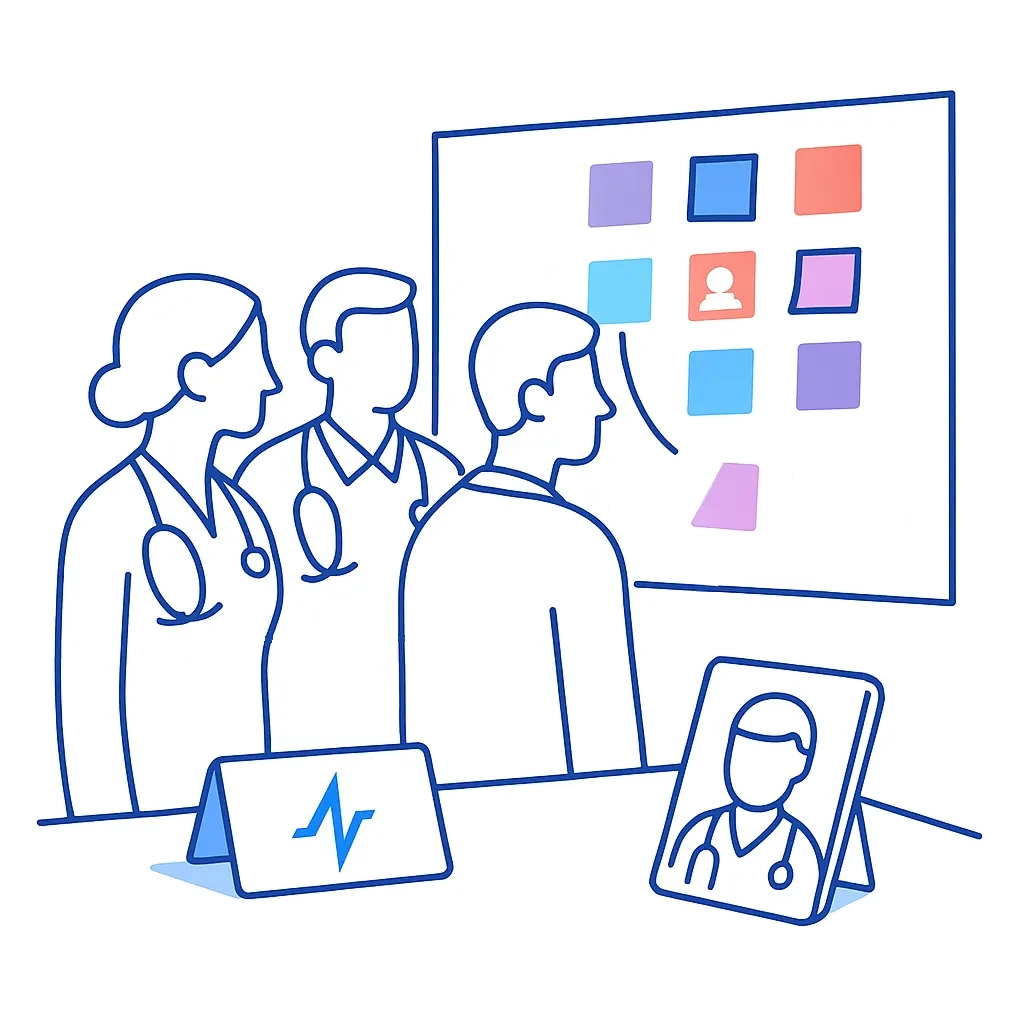

3. Marry Quantitative with Qualitative
Claims alone can’t tell you why a prescriber hesitates. Pair machine learning with advisory boards, social listening, and rep anecdotes.
4. Respect Privacy & Compliance
Merge data under HIPAA‑compliant controls, anonymise where required, and honour all opt‑outs — especially if running global programs that invoke GDPR.

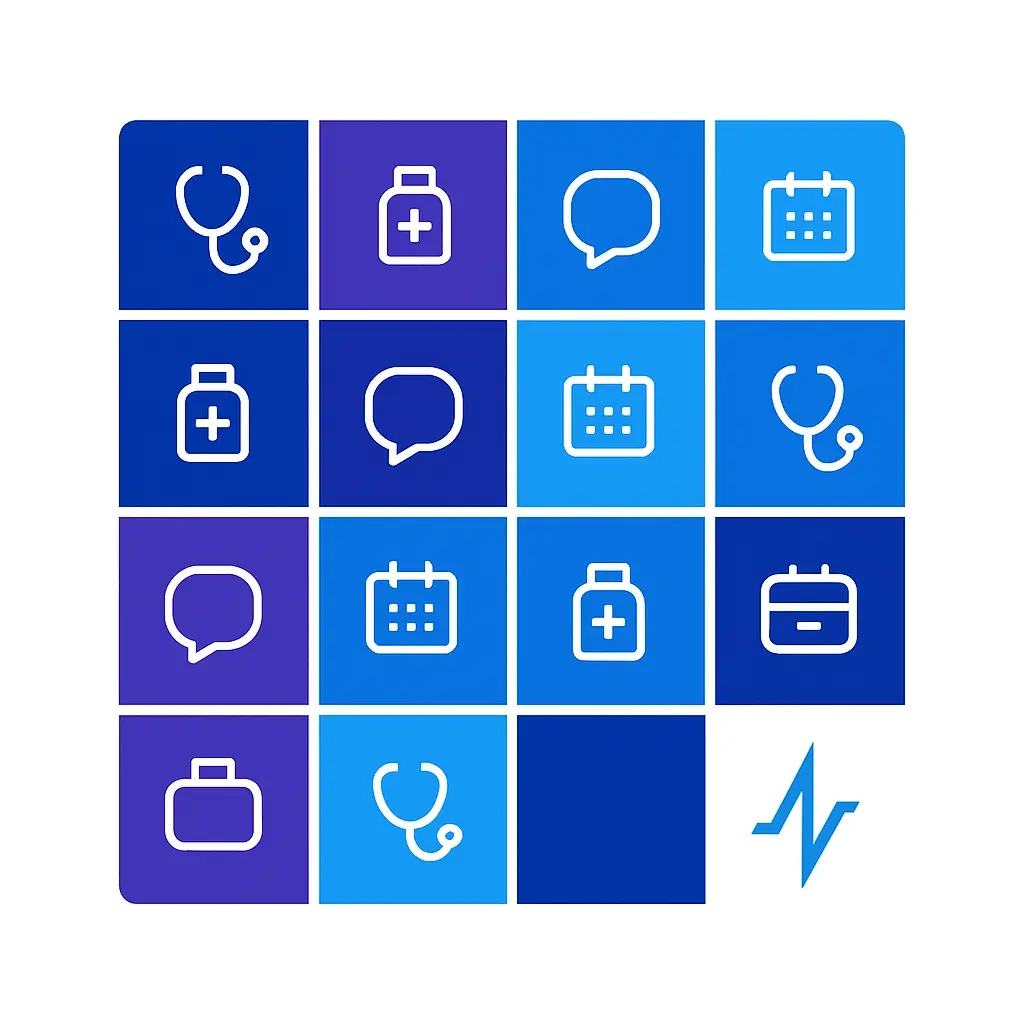
5. Avoid “Kitchen‑Sink Syndrome”
Eight personas that drive action beat 30 that paralyse the marketing team. Start small; expand only when existing journeys are fully optimised.
Common Challenges in Persona Development and Activation
While persona-driven HCP marketing offers significant advantages, pharma marketers often encounter several common challenges in both development and activation. One major hurdle is ensuring that personas are grounded in accurate, up-to-date demographic and psychographic data. Without reliable data, marketing content risks missing the mark, leading to disengagement among healthcare professionals.
Another challenge is striking the right balance between personalization and information overload.
Healthcare professionals are time-constrained, and overly complex or frequent communications can quickly become overwhelming.
Marketers must carefully curate marketing content to ensure it is relevant, concise, and actionable for each persona.

Measuring the effectiveness of persona-driven marketing campaigns is also essential, yet it can be difficult to track key performance metrics such as engagement rates, conversion rates, and patient outcomes. To overcome these obstacles, marketers should implement robust data strategies that enable ongoing monitoring and optimization of campaigns. By addressing these challenges head-on, pharma marketers can create more effective, targeted campaigns that drive meaningful engagement and deliver measurable results for both HCPs and patients.
Measuring Success
| KPI Category | Example Metrics | How Pulse Engagement Cloud Helps |
| Engagement | Open, click, video‑completion, event attendance | Real‑time dashboards show lift vs. benchmarks. |
| Behavioural | Formulary add, sample request, guideline‑adherence uptick | Integrations feed EHR & CRM signals into persona cards. |
| Commercial | New writers, repeat scripts, days of therapy growth, market‑share velocity | Claims ingestion visualises script curves next to persona exposure. |
| Efficiency | Cost per informed HCP, cost per incremental script | Multi‑touch attribution reveals ROI at persona and channel level. |

Brands that embed personas into every campaign saw 37 percent higher new‑writer conversion and 22 percent lower cost per script in a recent Pulse Health benchmark study (internal data, Q1 2025).
Future of HCP Marketing: Evolving Personas for Tomorrow’s Pharma Landscape
As the pharmaceutical industry continues to evolve, so too must the personas that guide HCP marketing strategies. The future will be defined by a dynamic, data-driven approach that reflects the changing needs and preferences of healthcare professionals. Pharma marketers will need to embrace multiple channels — including social media platforms, online educational resources, and face-to-face interactions — to reach HCPs where they are most active.
Ongoing market research will be critical for keeping personas relevant and ensuring marketing content remains engaging and informative.
By leveraging advanced data analytics and artificial intelligence, marketers can gain a better understanding of their target audience and develop more precise, effective marketing campaigns.
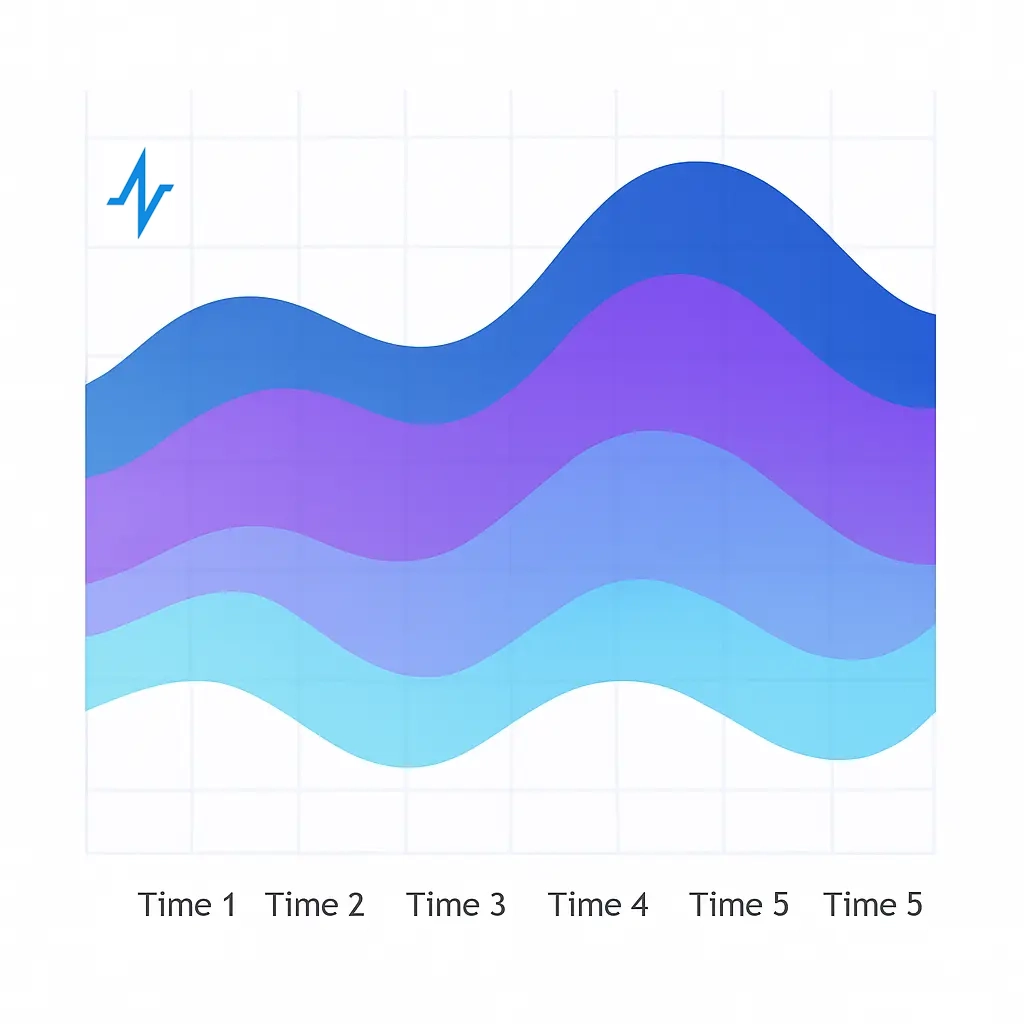
This targeted approach not only enhances digital engagement but also supports better outcomes for both healthcare professionals and their patients.
Looking ahead, the most successful HCP marketing strategies will be those that adapt quickly to new trends, technologies, and audience preferences. By continually refining personas and embracing innovative communication strategies, pharma marketers can ensure their campaigns remain relevant, impactful, and essential in the ever-changing healthcare landscape.
How Pulse Health Helps You Craft HCP Personas for Pharma Marketing
Precision begins with empathy — and empathy begins with data you can trust. Crafting dynamic HCP personas gives your team a shared language for targeting, content, and measurement, turning scattered touchpoints into orchestrated experiences that move the prescription needle.
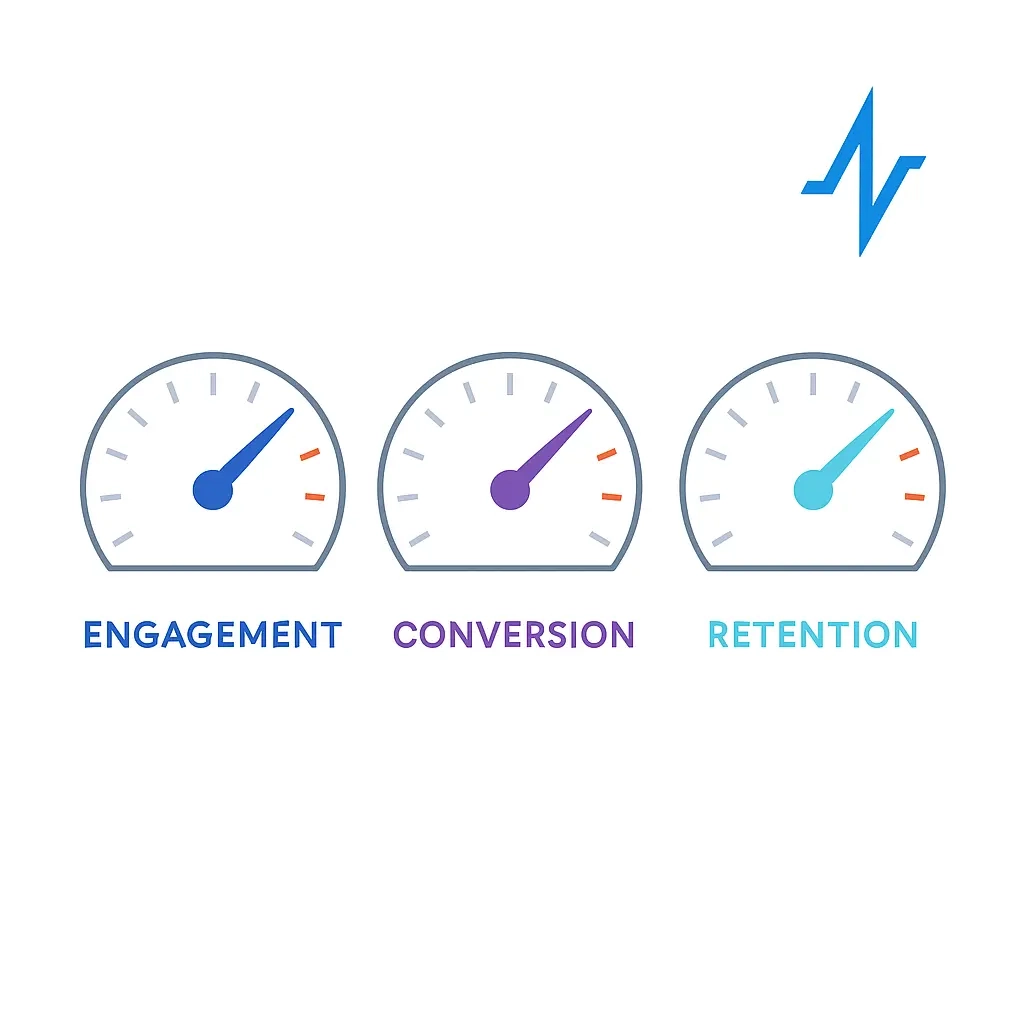
Ready to unlock deeper insights and orchestrate journeys that feel tailor‑made to every prescriber? Schedule a live demo of Pulse Health’s Engagement Cloud today.
We’ll show you how Digital Persona, real‑time analytics, and full‑funnel automation can transform raw data into relationships that last — and scripts that soar.
Questions about building personas, integrating claims feeds, or aligning field force with digital? Reach out — we’re here to help.
